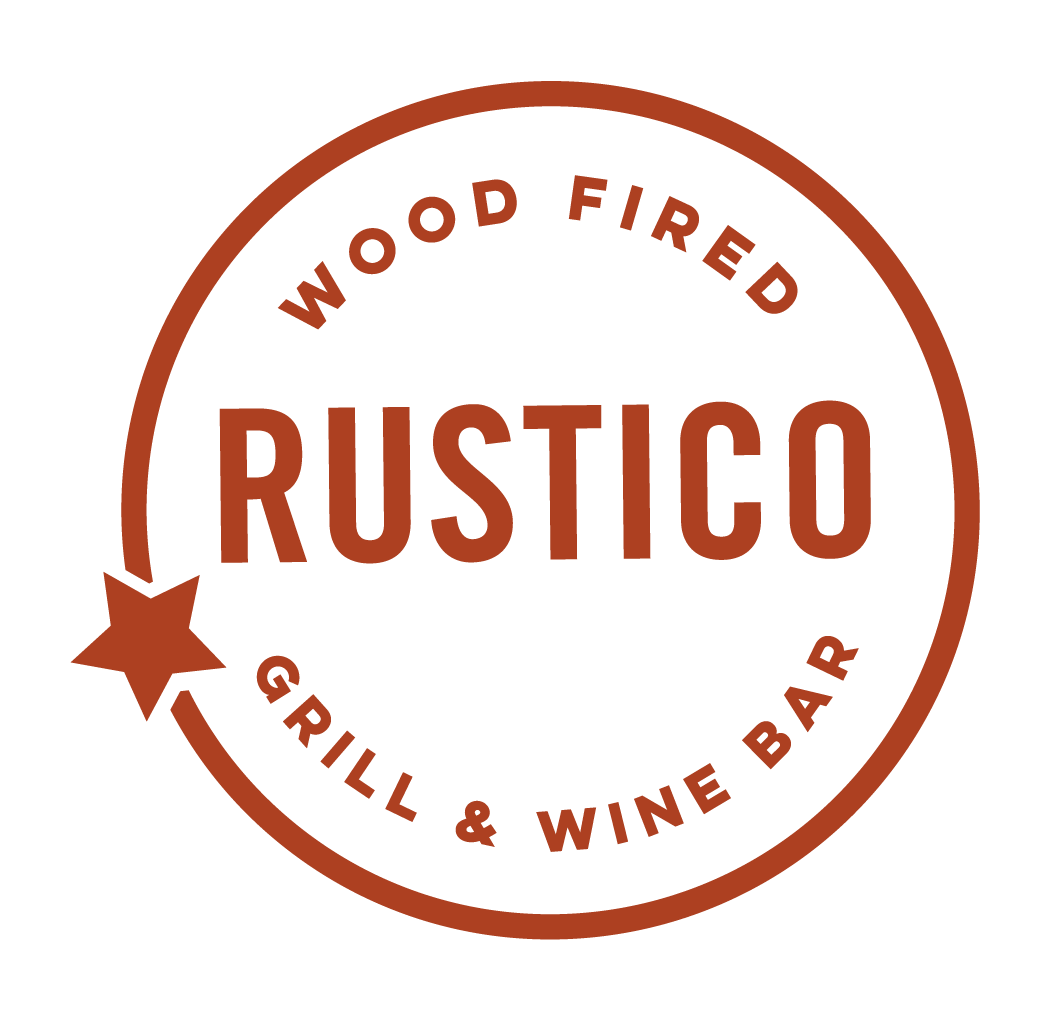Why We Love Our Wood-Fired Grill at Rustico Wood-Fired Grill and Wine Bar
The Art of Wood-Fired Cooking: A Timeless Culinary Craft
Wood-fired cooking has been an integral part of human history for centuries. It is a method that not only imparts unique flavors to food but also connects us to traditional cooking techniques. This article explores the art of wood-fired cooking, delving into its history, benefits, and why it remains a cherished practice among chefs and home cooks alike.
The Historical Roots of Wood-Fired Cooking
Before modern ovens and stovetops, wood-fired cooking was the primary method for preparing food. From ancient civilizations to rural communities, cooking over an open flame or within wood-fired ovens has always been a common practice. This method requires skill, patience, and a deep understanding of fire, but it also rewards cooks with distinct flavors that cannot be achieved through other means.
The Unique Flavor of Wood-Fired Cooking
One of the main reasons wood-fired cooking remains popular is the unique flavor it imparts. The type of wood used, whether oak, hickory, mesquite, or fruitwood like apple or cherry, adds subtle smoky notes and depth to the dishes. As the wood burns, it releases smoke and aromatic compounds that infuse the food with rich, complex flavors.
Moreover, wood-fired cooking allows for high heat, which is ideal for searing meats, creating crispy crusts on bread and pizzas, and achieving that coveted char on vegetables. This intense heat leads to caramelization and the development of a Maillard reaction, which further enhances the taste and texture of the food.
The Art and Technique of Wood-Fired Cooking
Mastering wood-fired cooking requires a balance of art and science. Chefs and home cooks must understand how to control the fire's temperature, adjust airflow, and manage cooking times to achieve the desired results. Here's a closer look at some key aspects:
Temperature Control: Wood-fired cooking can reach high temperatures, but the heat fluctuates depending on the fire's intensity and the wood's type. Learning to manage the heat is essential for consistent results. This involves knowing when to add more wood, when to let it burn down, and how to distribute the heat evenly.
Airflow Management: The airflow in a wood-fired oven or grill affects the fire's intensity and evenness. Proper ventilation ensures a steady flame and consistent cooking. Closing vents or dampers can reduce oxygen flow, lowering the temperature, while opening them increases heat.
Cooking Techniques: Wood-fired cooking offers versatility. Chefs can roast, bake, grill, or smoke, each method requiring different techniques. For example, grilling over direct flames gives a smoky char, while baking in a wood-fired oven provides a golden crust and soft interior.
Why Wood-Fire Cooking Endures
In a world of modern conveniences and high-tech kitchen appliances, why does wood-fired cooking continue to captivate chefs and food enthusiasts? The answer lies in its authenticity and the sensory experience it provides. The crackling of wood, the scent of smoke, and the sight of flames create an immersive environment that adds to the enjoyment of cooking and dining.
Additionally, wood-fired cooking encourages a slower, more deliberate approach to food preparation. It invites cooks to reconnect with the process, emphasizing quality ingredients and time-honored techniques. This approach resonates with those seeking a deeper connection to food and a more sustainable way of cooking.
Come check out our Wood-Fired Cooking at Rustico Wood-Fired Grill and Wine Bar!!
